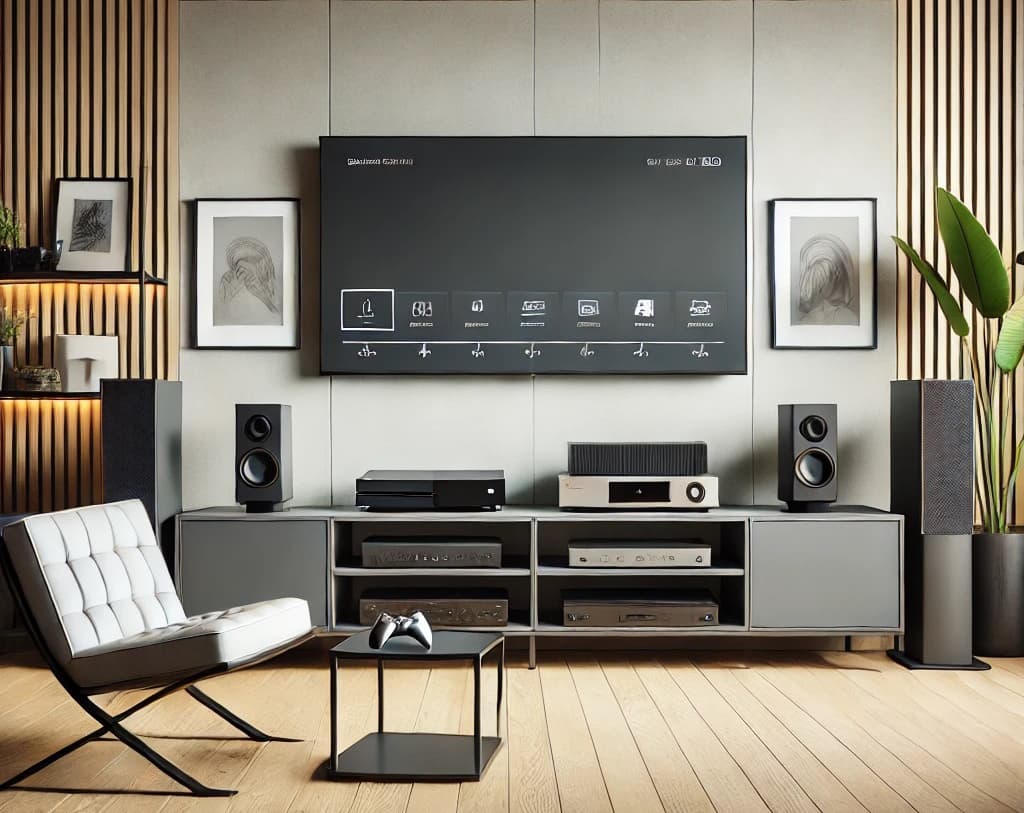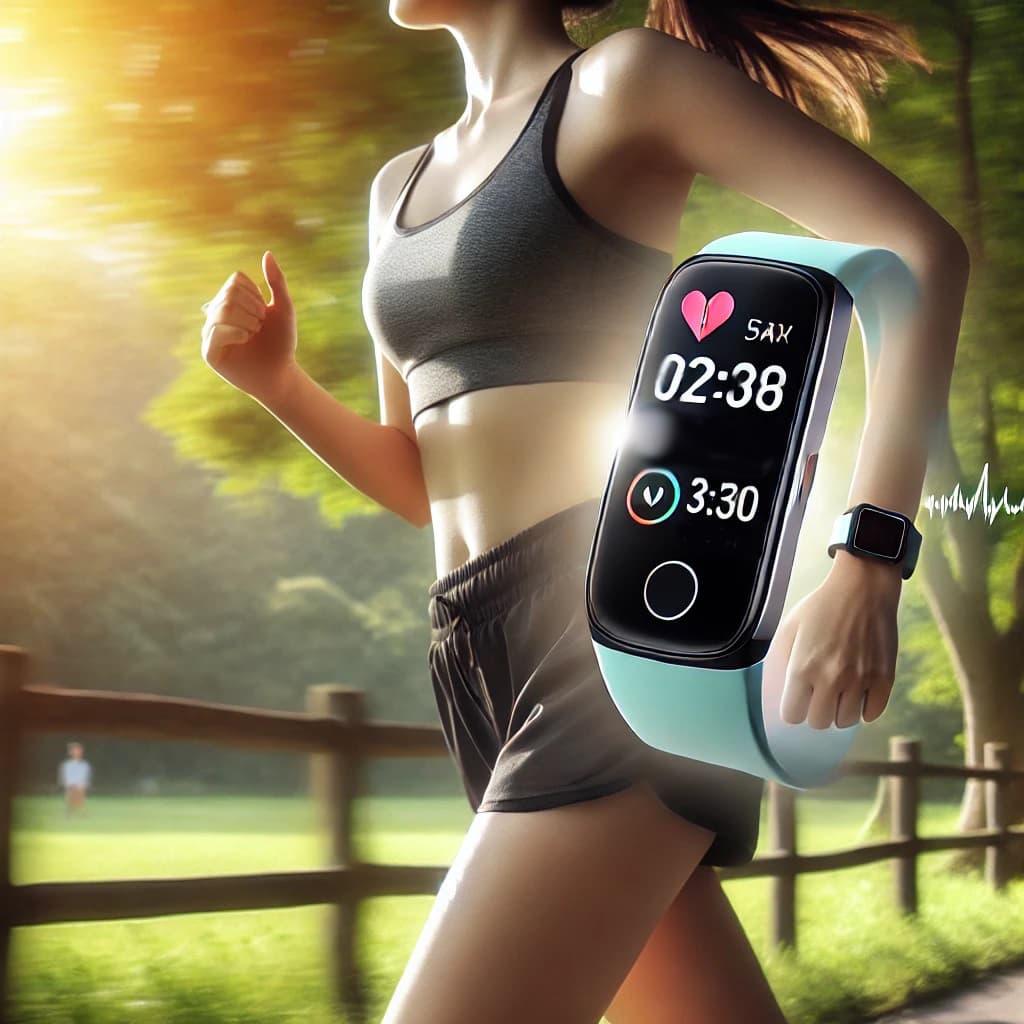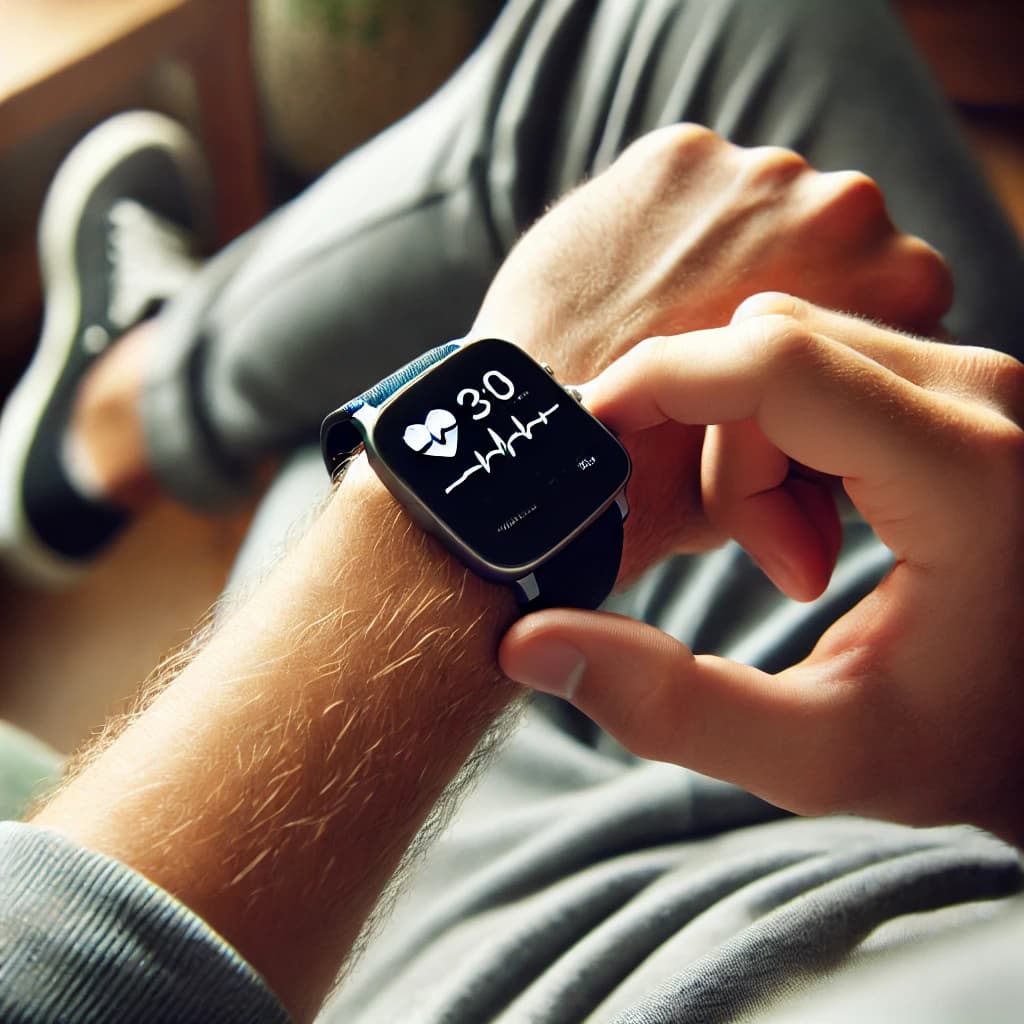Cables are a crucial part of everyday tech, yet they often receive little attention until they start causing problems. Tangled wires, frayed cords, and cluttered power strips are not just an aesthetic issue – they can shorten the lifespan of your devices. Poor cable management leads to overheating, strain on ports, and even safety hazards. Smart cable organization, on the other hand, can prevent these problems, ensuring your devices remain in good condition for years.
The Hidden Dangers of Messy Cables
A clutter of cables behind a desk or entertainment center might seem harmless, but it can cause serious problems over time. Wires that are constantly twisted or bent at extreme angles wear down more quickly, leading to internal breakage. This can cause intermittent charging issues, slow data transfers, or complete connection failure.
Another overlooked issue is overheating. Power cables and adapters generate heat, especially when multiple devices are plugged in close together. If ventilation is blocked by tangled wires, heat buildup can damage both the cables and the devices they power. In extreme cases, poorly managed cables can even pose a fire hazard.
Additionally, messy cables increase the risk of accidental damage. A foot caught on a loose cord can yank a laptop off a table or damage a charging port. Over time, constant pulling and twisting weaken connections, making them unreliable or unusable.
How Smart Cable Management Protects Your Devices
Proper cable management helps reduce wear and tear, making your devices last longer. One key benefit is reducing physical strain on the cables themselves. Keeping cords neatly routed and secured prevents unnecessary bending, which is a common cause of fraying and internal wire damage.
Airflow is another critical factor. Devices like gaming consoles, computers, and routers need proper ventilation to prevent overheating. Organizing cables so they don’t block airflow allows heat to dissipate more efficiently, protecting sensitive electronics from thermal damage.
Using high-quality cable organizers, clips, and sleeves also makes it easier to identify and replace faulty cables. Instead of struggling with a tangled mess, you can quickly locate the right cord, reducing the risk of pulling or damaging other connections.
Practical Tips for Better Cable Management
Good cable management doesn’t require expensive solutions – just a few small changes can make a big difference. Start by sorting cables based on function, keeping power cords separate from data cables. This minimizes interference and prevents excess heat buildup.
Velcro straps and cable ties are simple but effective tools to bundle cords together neatly. Unlike plastic zip ties, which can be difficult to adjust, Velcro ties allow flexibility when cables need to be moved or replaced. Cable sleeves and raceways can further help by keeping wires protected and hidden from view.
For frequently used devices like phones or laptops, a designated charging station helps reduce clutter while keeping cables neatly organized. Many modern power strips also come with built-in cable management features, making it easier to keep everything in order.
Long-Term Benefits of Smart Cable Organization

Beyond protecting your devices, good cable management makes everyday life easier. A clutter-free workspace improves focus and reduces stress, especially in home offices where multiple devices are in use.
Neatly arranged cables also simplify maintenance. Instead of digging through a mess of tangled cords, you can quickly replace or troubleshoot any issues. This is especially helpful for businesses or households with multiple devices connected to a shared power source.
Another long-term advantage is cost savings. Replacing damaged cables or repairing broken ports can be expensive, and in some cases, a damaged connection can render a device unusable. By taking simple steps to organize cables properly, you can avoid unnecessary repairs and extend the lifespan of your electronics.
Conclusion
Smart cable management is more than just a way to keep things tidy – it plays a crucial role in preserving the life of your devices. From preventing fraying and overheating to reducing accidental damage, well-organized cables ensure that your electronics function properly for years. Whether through simple tools like Velcro ties or more advanced solutions like cable sleeves, investing a little time in managing your cables can save you money and frustration in the long run.


